When selecting a gaming PC, options range from mass-produced prebuilt systems by brands like Alienware to premium boutique builds. The Origin Millennium strikes a balance, offering high-end performance without the extravagant design flair of competitors like Maingear or Falcon Northwest.
The Origin Millennium delivers a robust, custom-ordered gaming rig built with standard components. It’s a system you could assemble yourself, but Origin handles the complexities, such as cable routing, saving you time and effort. Be prepared, though, for the challenge of transporting its hefty wooden shipping crate to your home.
Buying Guide
The Origin Millennium starts at $2,788, but this base model, equipped with an Intel Core i5-14600K and no dedicated graphics card, falls short for the price. Fortunately, Origin’s website allows extensive customization, letting you tailor the system with your preferred components. Keep in mind that higher-end configurations significantly increase the cost.
Origin Millennium – Gallery
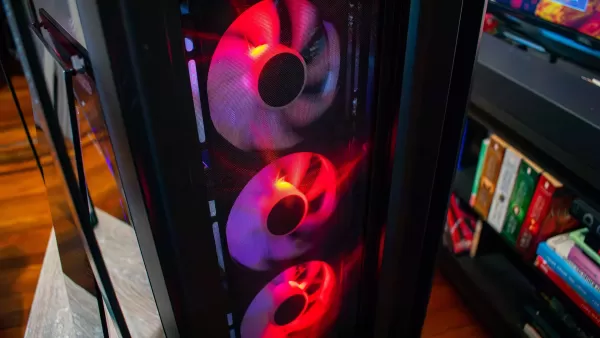
 View 8 Images
View 8 Images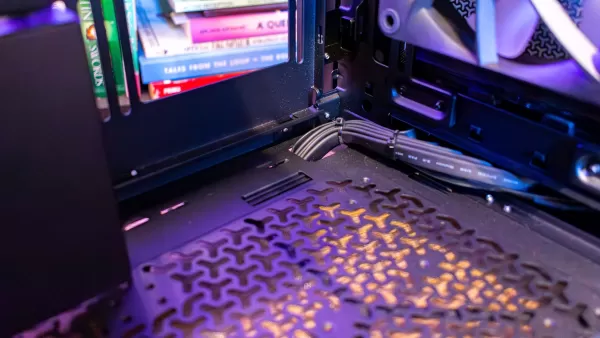

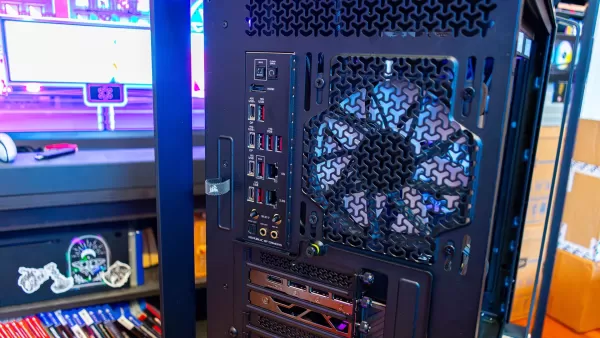
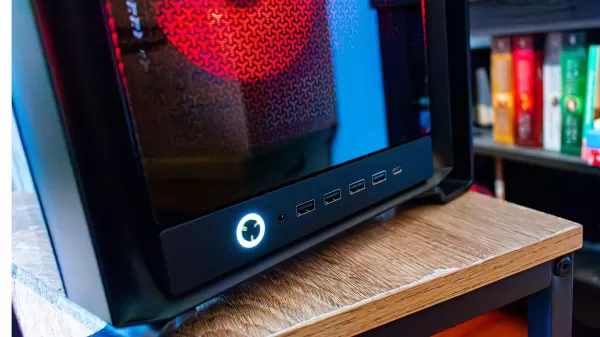
Design and Specifications
The Origin Millennium is a sizable machine, housed in a full-tower ATX case. Origin enhances its imposing presence with steel bars at each corner. The empty case alone weighs 33 pounds, and with high-end components like the MSI RTX 5090 Gaming Trio, a power supply, and a 360mm AIO, it becomes a beast. The wooden crate used for shipping adds even more weight, making delivery to a walkup apartment a two-person job.
The corner steel bars, while distinctive, complicate access to the system. The review unit’s configuration is future-proof for years, but routine maintenance requires opening the case. The rear left bar obstructs the glass side panel, making removal tricky and risking scratches. Removing the bars, secured with allen bolts, is possible but adds unnecessary effort for a gaming PC.
Inside, the build is impressively spacious. Even with a 14-inch graphics card, there’s ample room for airflow. Origin’s cable management is impeccable, with cables neatly tucked behind the motherboard tray and routed through grommets for a clean look.

However, Origin’s approach to hiding cables is unconventional. The three 120mm front intake fans and front panel connectors have wires routed underneath the case, creating an external bundle. While this minimizes visible cables inside, it risks damage if the wires snag. It’s a bold choice, blending ingenuity with potential pitfalls.
During configuration, you can choose to place the front ports and power button at the top or bottom of the case. The review unit had them at the bottom, ideal for desk placement. For floor or living room setups, top-mounted ports are a practical option.
The front panel offers four USB-A and one USB-C port, sufficient for most needs. The rear, featuring the Asus ROG Crosshair X870E Hero motherboard, is loaded with connectivity: four USB-C ports, six USB-A ports, two Ethernet ports, and an HDMI port for integrated graphics. The RTX 5090 adds three DisplayPort and one HDMI, aligning with Blackwell GPU standards.

Custom Configuration Options
The review unit’s configuration, priced at $7,241, is overkill for most users. Thankfully, Origin PC’s build-to-order model lets you customize to your needs. A more balanced setup with an AMD Ryzen 5 9600X, 32GB of RAM, and an AMD Radeon RX 9070 XT delivers 4K gaming at $3,392—still pricey but more reasonable.
Building a similar mid-range system yourself costs around $2,397, per PCPartPicker, meaning you pay roughly $1,000 for Origin’s assembly. The high-end review unit’s components total $6,506 if sourced independently. This premium covers Origin’s build quality, lifetime support, and a one-year warranty. You can even send the system back for free upgrades, provided you cover new parts’ costs.
The wooden shipping crate, while cumbersome, ensures unmatched protection during transit. If you’re willing to pay extra for shipping, it’s a unique feature. Ultimately, the value depends on your comfort with DIY PC building versus the convenience of Origin’s professional assembly and support.
Gaming Performance
The review unit, equipped with an Nvidia GeForce RTX 5090, AMD Ryzen 7 9800X3D, and 64GB of RAM, is a powerhouse. At 4K, nearly every game exceeded 100 fps without frame generation. Exceptions were Assassins Creed Shadows at 75 fps and Metro Exodus at 97 fps, the latter tested without upscaling due to its reliance on an older DLSS version.
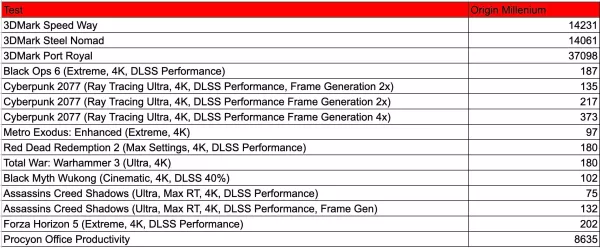
In Assassins Creed Shadows, enabling frame generation boosts performance to 132 fps, though latency rises from 33ms to 42ms—a trade-off unlikely to impact single-player gameplay. Cyberpunk 2077, tested on Ray Tracing Ultra with DLSS in performance mode, delivered 127 fps at 23ms latency. With 4x Multi-Frame Generation, it soared to 373 fps with only 28ms latency, surpassing most monitors’ refresh rates.
Even without frame generation, 127 fps in Cyberpunk 2077 is remarkable. This configuration handles demanding titles effortlessly, ensuring high frame rates without sacrificing visual quality.








